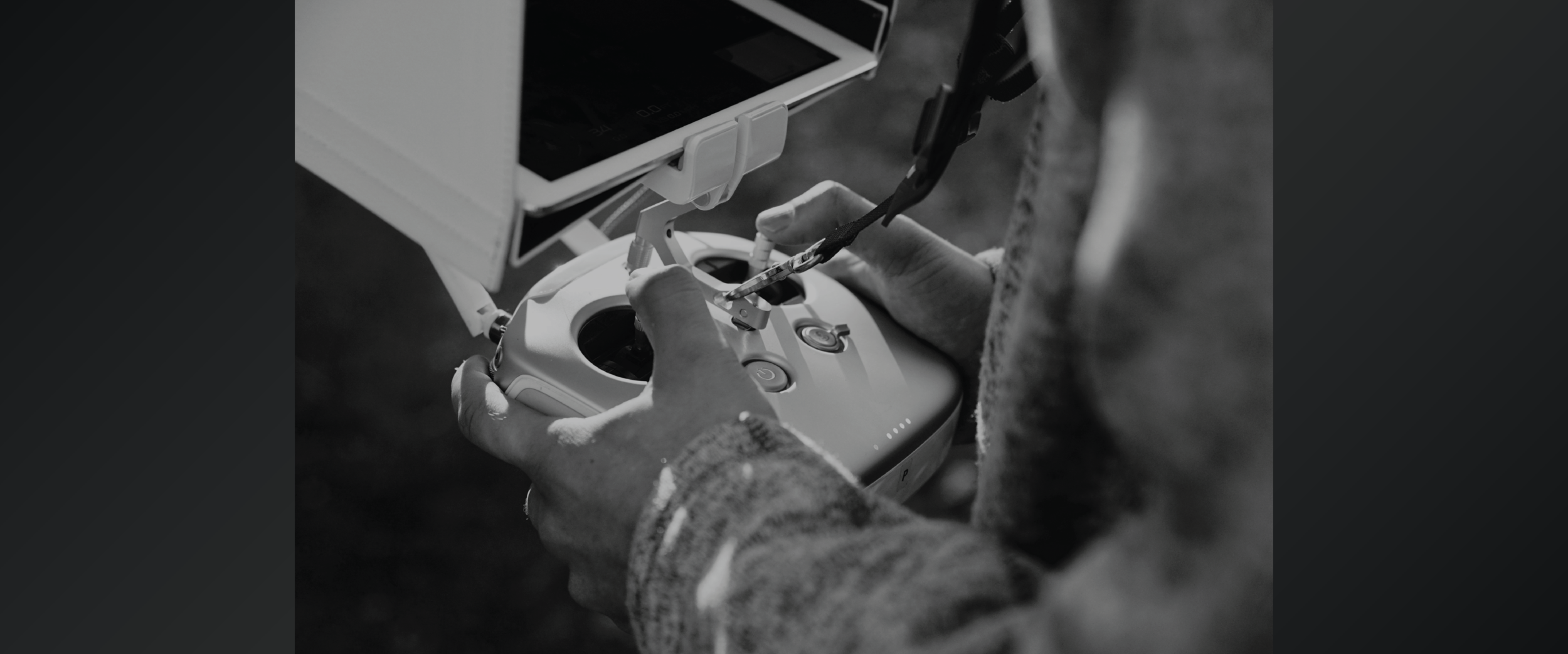Ever since they were first introduced to consumers, drones have been changing and disrupting the modern world in fascinating ways.
In many respects, drones (aka Unmanned Aerial Vehicles, or UAVs) are not only catching up with science fiction, they’re reaching heights of innovation that far surpass the predictions of sci-fi visionaries. And based on the way drone tech continues to evolve, the wonders may never cease.
Back in May this year, DJI (the world’s leading drone company, according to most) hosted an event in New York City called “Seize the Moment”, where they unveiled their latest aerial contraption – a palm-sized camera drone called ‘Spark’. The drone itself is quite unique within its market, with impressive functionality for such a small device. But we're not just excited about the drone, we're excited about what it could mean for the evolution of the entire drone market.
Given its relatively advanced feature set (gesture control, facial scanning, obstacle avoidance) and in such a compact package, DJI could have easily set the Spark’s price point in the same range as their other products – between $1000 and $5000 or so. The spark is much smaller than the rest of the pack, but consumers are often willing to pay a premium for such groundbreaking portability. However, by offering it at $499, DJI has suddenly taken the entire product category in a far more interesting direction.
Let's look at smartphone cameras as sort of a parallel example. Consumers have had access to excellent cameras and editing tools for many years now, but such tools are typically far too expensive for the average hobbyist. Separately, we’ve had cell phones with built-in cameras since Y2K, but the image quality was vastly inferior to even the cheapest disposable cameras.
Not until recently did new breakthroughs in mobile technology allow us to combine the power of pro-grade cameras with the portability of smartphones. And given how easy it is to share photos from the very same device, it’s no wonder that recent estimates show 2.5 trillion photos were shared or stored online in 2016. That’s 333 photos per human being on planet earth. In one year.
DJI has already made a number of moves recently to solve the problem of drone portability – the Mavic Pro is comparable in size to other professional-grade drones, but folds neatly into a compact enough size to fit in a small backpack. However, if you think of the Mavic Pro as the MacBook of DJI drones, the Spark is their iPhone 7. It's practically a whole new product category for them. It lacks certain features of the larger drones, but adds new ones based on its portability. No other DJI drone is capable of taking off from and landing in the palm of your hand, or achieving the extreme maneuverability of the Spark.
The point being that in many cases, portability and affordability can take a reasonably compelling technology and catapult it into the stratosphere of innovation, in ways we can't possibly conceive right now. There’s simply no way to predict how far drone tech will take us, but with the introduction of the Spark, the hallmarks of the next phase are beginning to emerge.
- Spark photos courtesy of DJI.com




